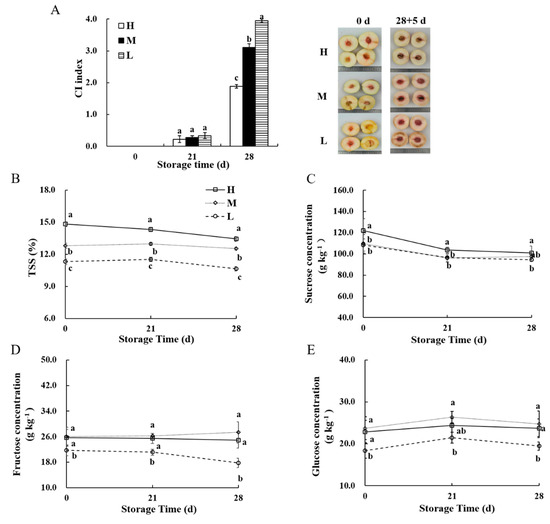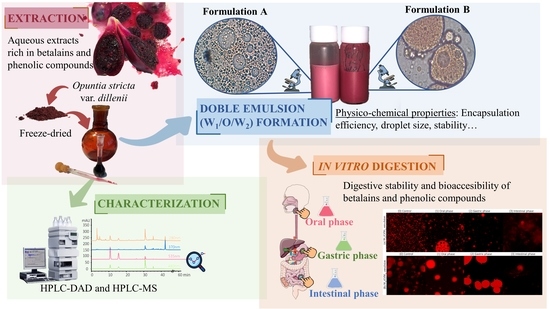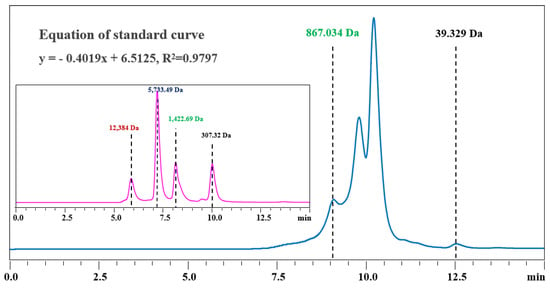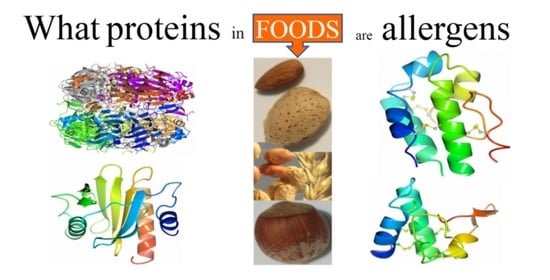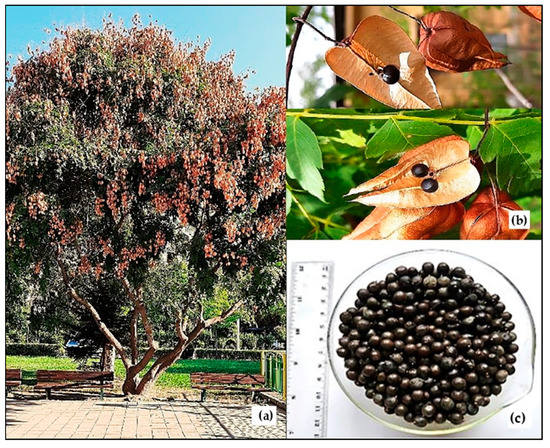Foods 2023, 12(11), 2244; https://doi.org/10.3390/foods12112244 - 1 Jun 2023
Cited by 13 | Viewed by 2349
Abstract
Peach fruits are known to be highly susceptible to chilling injury (CI) during low-temperature storage, which has been linked to the level of sugar concentration in the fruit. In order to better understand the relationship between sugar metabolism and CI, we conducted a
[...] Read more.
Peach fruits are known to be highly susceptible to chilling injury (CI) during low-temperature storage, which has been linked to the level of sugar concentration in the fruit. In order to better understand the relationship between sugar metabolism and CI, we conducted a study examining the concentration of sucrose, fructose, and glucose in peach fruit with different sugar concentrations and examined their relationship with CI. Through transcriptome sequencing, we screened the functional genes and transcription factors (TFs) involved in the sugar metabolism pathway that may cause CI in peach fruit. Our results identified five key functional genes (PpSS, PpINV, PpMGAM, PpFRK, and PpHXK) and eight TFs (PpMYB1/3, PpMYB-related1, PpWRKY4, PpbZIP1/2/3, and PpbHLH2) that are associated with sugar metabolism and CI development. The analysis of co-expression network mapping and binding site prediction identified the most likely associations between these TFs and functional genes. This study provides insights into the metabolic and molecular mechanisms regulating sugar changes in peach fruit with different sugar concentrations and presents potential targets for breeding high-sugar and cold-tolerant peach varieties.
Full article
(This article belongs to the Special Issue Fruit and Vegetable: Postharvest Physiology, Pathology, Metabolic Changes and Storage Quality)
►
Show Figures
